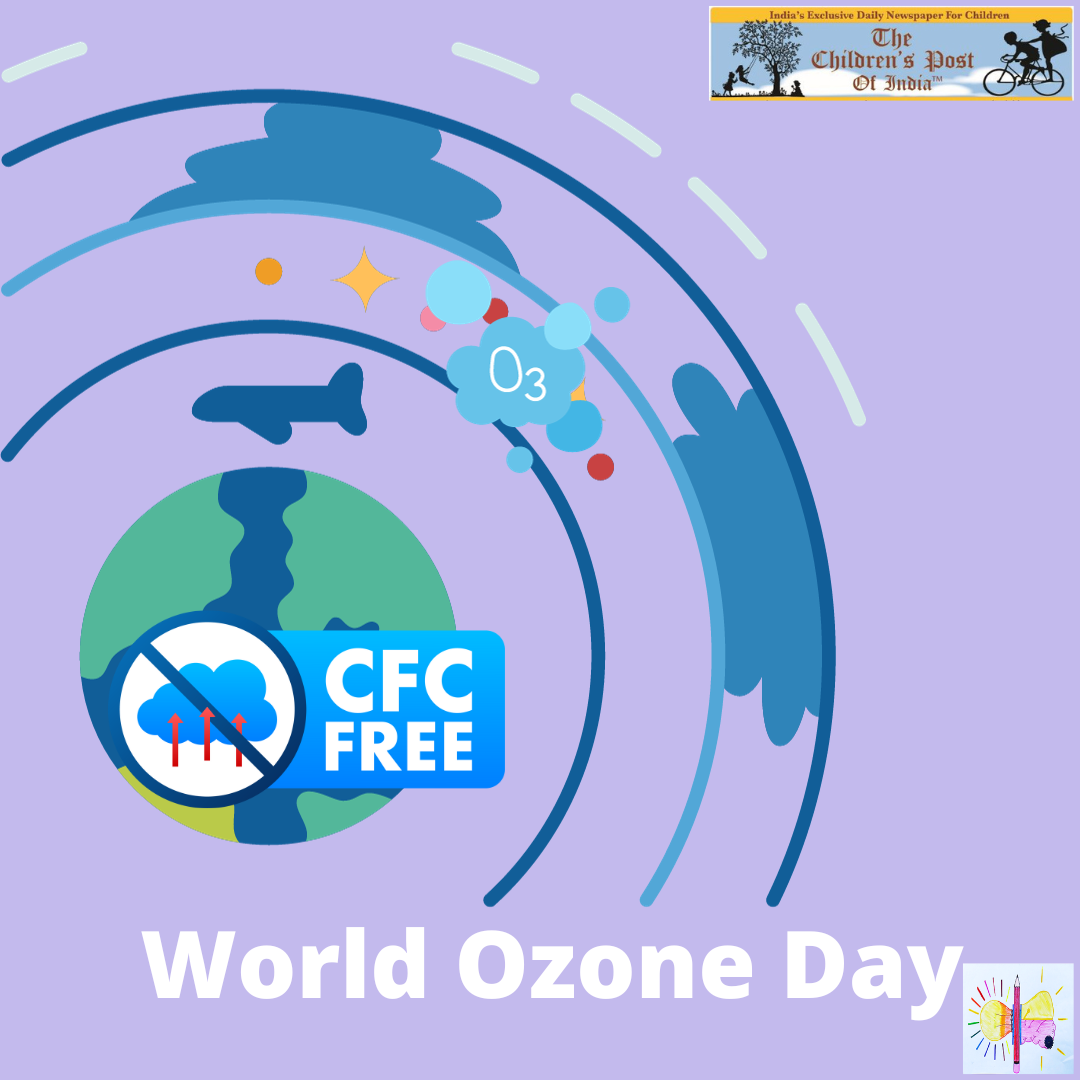Most of us breathe in oxygen (O2). But some molecules of oxygen are made up of three atoms of oxygen. This special oxygen is called ozone.
High up in the Earth’s atmosphere, this ozone forms a sort of layer of its own.
This layer, simply called the ozone layer, is very important. It traps the ultraviolent radiation coming from the sun and reflects it back into space.
This helps life on Earth.

What is the Ozone Hole?
In 1985, we realised that the ozone layer over some parts of Earth were getting very thin in some seasons. The first observations were over Antarctica in early 1980s. In 1985, we started talking about the ozone hole seriously.
It was found that a category of chemicals called the chloro-flouro-carbons (also called CFCs) were responsible for the ozone hole. These chemicals are used in everything from aerosol sprays to air conditioners and refrigerators.
On 16th September 1986, the Montreal Protocol was adopted by global leaders to try and reduce CFCs in the environment.
In 1994, the UN General Assembly declared that September 16th will be marked as World Ozone Day to put focus on the repair of the ozone layer.
Success!
The ozone hole has been shrinking over the last two decades.
NASA’s GSFC monitors the ozone hole over Antarctica and shares the data with the world.
It is heartening to note that the ozone layer has been repairing itself.
Do monitor the growth and shrinking of the ozone hole on the NASA website (link above).

